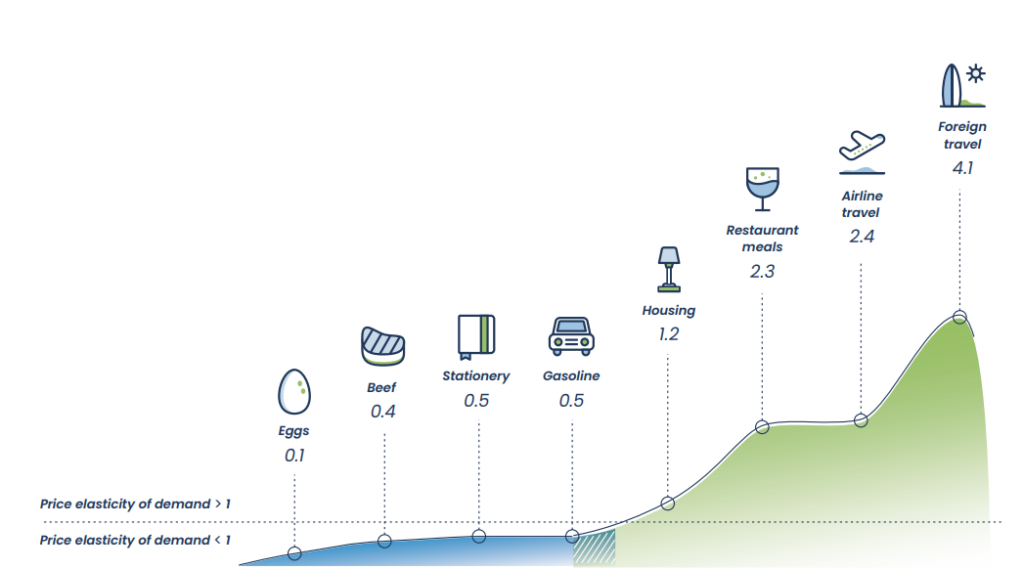
So, naturally, you select the Labrador!
You wait in the lobby, but Mr. Labrador is late. You wait a bit more, but no one comes. You ask the receptionist to remind Mr. Labrador of your presence. Finally, after 40 minutes of waiting, you are moving into the meeting room with a friendly chap.
You present yourself, fresh from the top business school, just being promoted from the category position. Mr. Labrador is at least 20 dog years older than you and completely overwhelms you with anecdotes of the great times he had with your pre-pre-predecessor.
He knows the job, he knows your company, and he knows how to help you influence your superiors in order to get what he wants. You chuckle politely, thinking of the German Shepherd ready to shred you to pieces if you yield.
You come with bad news for Mr. Labrador. You must raise your prices and cut the marketing budget at the same time.
Select your strategy:
Strategy 1: Don’t shoot the messenger.
Mr. Labrador knows Hoof & Bone rather well (in fact, better than you). It makes no sense to hide things from him; let’s be as straight to the point as possible. So, you explain the VUCA, the Red Sea, the viruses, and wars. In fact, you have a slide for each of the four horsedogs of the apocalypse. Finally, you announce that the firm gave you no choice but to protect its very 150 years of existence by simultaneously raising prices and cutting promotions. Take it or leave it; the decision is from the top dog, and even the market-leading retailer Nile.com has already accepted the new tariffs and thus reaps the increased profits.
Strategy 2: Veni, vidi, vici.
Remember, you are a pure-blood descendant from the now-extinct wolves. You have never been tamed. You are wild and ambitious. You want to use the old chap as a trampoline in your career. So, you tone up your presentation: the VUCA, the Red Sea, the plagues, and the wars.
But you show another slide at the end, where the prices must rise even higher and the austerity is almost complete. Surely, the old Labrador will not be able to sniff the foul game and will collaborate fully. But the German Shepherd might shred some other account to pieces and maybe give you a raise and promote you to a better account next year…
What is the best strategy according to you and why?








